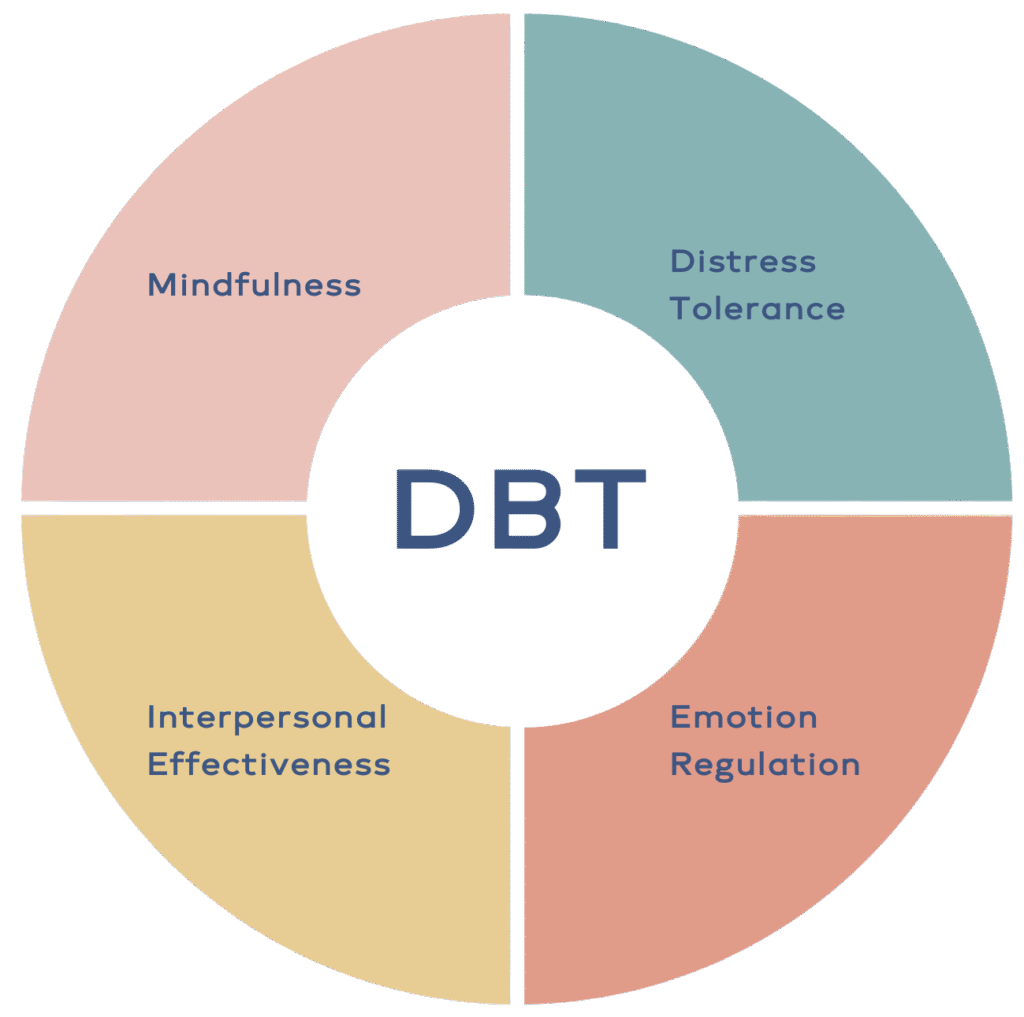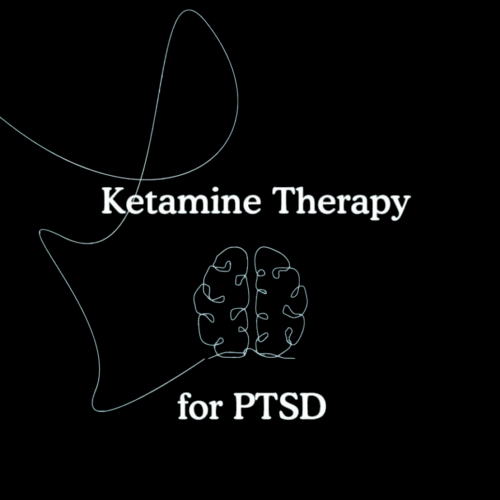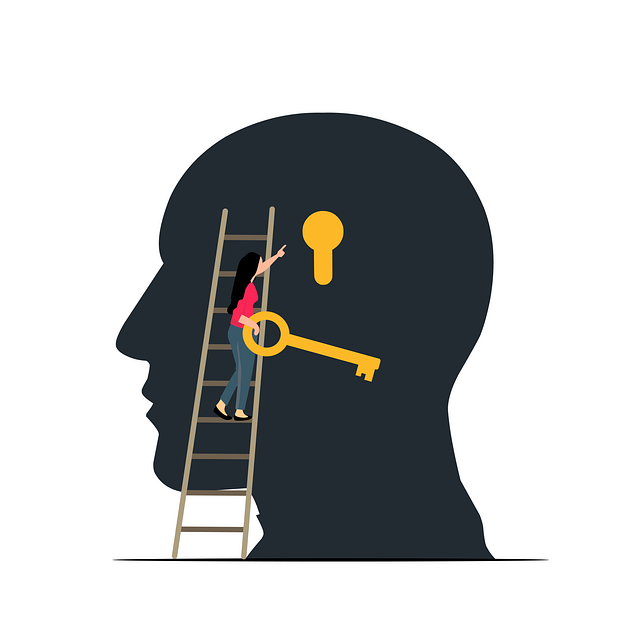Introduction:
In today’s fast-paced and stressful world, more people are struggling with mental health issues than ever before. Anxiety, depression, trauma, and emotional instability are common challenges across all age groups. At the same time, mental health professionals continue to refine and develop therapies that can provide effective relief. Among these, one approach has gained international recognition: Dialectical Behavior Therapy (DBT).

DBT is not just another therapy; it is a structured, evidence-based treatment designed to help people manage overwhelming emotions, build better relationships, and reduce self-destructive behavior. Since its development in the late 1980s by psychologist Dr. Marsha Linehan, DBT has transformed countless lives and continues to grow in popularity as a trusted mental health intervention.
This article provides a comprehensive exploration of DBT. We will cover what it is, how it works, the four steps of DBT therapy, the 24-hour rule, and why this treatment is considered life-changing for so many people.
What Is Dialectical Behavior Therapy (DBT)?
Dialectical Behavior Therapy is a type of cognitive-behavioral therapy (CBT), but with important differences that make it especially effective for people struggling with intense emotions. The word dialectical refers to the idea that two opposing things can both be true at the same time. In DBT, the dialectic is:
- Acceptance of who you are now
- Commitment to making positive changes
This balance between acceptance and change lies at the heart of DBT.
Origins of DBT
DBT was originally developed to treat borderline personality disorder (BPD), a condition often associated with unstable moods, impulsive actions, and difficulty maintaining relationships. Traditional CBT was helpful but not enough, as many patients felt invalidated when told only to change their behavior. DBT addressed this by adding a strong emphasis on validation, acceptance, and compassion while still promoting growth.
Who Benefits from DBT?
Over time, DBT has been adapted for many conditions beyond BPD, including:
- Depression
- Anxiety disorders
- Post-traumatic stress disorder (PTSD)
- Eating disorders
- Substance abuse and addiction
- Self-harm and suicidal behaviors
Today, DBT is used in clinics, hospitals, schools, and even online therapy settings to help people across different backgrounds.
What Are the 4 Steps of DBT Therapy?
The framework of DBT revolves around four key skill modules, often referred to as the “steps” of DBT. These modules give clients practical tools for coping with life’s challenges.

1. Mindfulness
Mindfulness is the foundation of DBT. It teaches individuals how to stay fully present in the moment and observe their thoughts and emotions without judgment.
- Why it matters: Many people act impulsively when overwhelmed by emotions. Mindfulness helps create space between feeling and reacting.
- Example skill: Taking a mindful pause before responding to an upsetting situation.
2. Distress Tolerance
Everyone experiences pain and crisis, but some people struggle to endure distress without resorting to harmful coping methods. Distress tolerance provides healthy alternatives.
- Why it matters: Instead of self-harming, lashing out, or abusing substances, people learn ways to get through difficult moments.
- Example skill: Using self-soothing techniques, distraction, or radical acceptance to survive emotional storms.
3. Emotion Regulation
This module helps people better understand and manage their emotions. Instead of being controlled by intense feelings, clients learn strategies to regulate them.
- Why it matters: Strong emotions are normal, but without regulation, they can disrupt relationships and decision-making.
- Example skill: Building positive experiences to reduce emotional vulnerability.
4. Interpersonal Effectiveness
Relationships are central to mental health. DBT teaches skills for communicating needs clearly, setting boundaries, and handling conflict.
- Why it matters: Many mental health struggles stem from broken or stressful relationships. Learning how to interact effectively strengthens connections.
- Example skill: Using assertive communication that balances self-respect with respect for others.
Together, these four modules provide a toolkit for living with more balance and control.
How DBT Differs from Other Therapies
DBT shares similarities with CBT but has unique features that make it stand out:
- Balance of acceptance and change: CBT focuses heavily on changing negative thoughts, while DBT validates current struggles while still promoting change.
- Skills training focus: DBT teaches practical, step-by-step skills that can be applied daily.
- Ongoing support: Clients often have access to coaching outside therapy sessions, except under the 24-hour rule.
- Therapist consultation teams: DBT providers themselves meet regularly to stay motivated and consistent, which benefits clients.
This blend of structure, compassion, and real-world application makes DBT one of the most holistic therapies available.
What Is the 24-Hour Rule in DBT?
One of the unique aspects of DBT is the 24-hour rule. This rule applies when a client engages in suicidal or self-harming behavior. After such an incident, they cannot contact their therapist for phone coaching for 24 hours.
Why This Rule Exists
- To avoid reinforcing harmful behaviors as a way of seeking attention or support.
- To encourage clients to practice the coping skills they are learning.
- To maintain boundaries that support long-term growth.
Example in Practice
If a client self-harms during a crisis, they must wait 24 hours before reaching out for coaching. This pause shifts the focus away from unhealthy coping and toward skill application. While it may sound strict, clients often learn to become more independent and resilient through this boundary.
What Is DBT and How Does It Work?
DBT works by combining individual therapy, group sessions, and real-time coaching to create a well-rounded treatment.
Principles Behind DBT
- People are doing the best they can with the skills they have.
- People need to learn and practice new skills to improve.
- Validation and acceptance build trust and openness.
- Structured practice leads to long-term change.
Structure of DBT Treatment
- Individual Therapy: Focuses on personal challenges, progress, and applying skills.
- Group Skills Training: Clients learn DBT skills in a class-like setting.
- Phone Coaching: Therapists provide real-time guidance when clients face crises.
- Consultation Teams: Therapists meet to support each other and ensure effective treatment.
This structured yet flexible system helps clients apply DBT skills to real-world problems.
Core Skills in DBT Therapy
The heart of DBT lies in the specific skills taught in its four modules.
Mindfulness Skills
- Observing without judgment
- Describing experiences accurately
- Fully participating in the moment
Distress Tolerance Skills
- Self-soothing using senses (sight, sound, touch, etc.)
- Distraction through healthy activities
- Radical acceptance of painful realities
Emotion Regulation Skills
- Naming emotions to reduce their power
- Reducing vulnerability by improving sleep, diet, and exercise
- Using “opposite action” (acting contrary to emotional urges when those urges are harmful)
Interpersonal Effectiveness Skills
- DEAR MAN: A structured way to ask for what you need
- GIVE: Skills for building positive relationships
- FAST: Skills for maintaining self-respect
These skills are practical, teachable, and designed for everyday use.
Benefits of DBT
Research consistently shows that DBT offers powerful benefits, including:
- For BPD: Reduces self-harm, suicidal thoughts, and hospitalizations.
- For anxiety and depression: Improves coping skills and reduces emotional overwhelm.
- For PTSD: Helps survivors regulate emotions and manage flashbacks.
- For addiction: Provides healthier ways to manage cravings and triggers.
- For daily life: Strengthens relationships, builds resilience, and improves overall well-being.
Challenges and Misconceptions About DBT
Despite its effectiveness, DBT is sometimes misunderstood.
Common Misconceptions
- “DBT is only for people with BPD.” → In reality, it benefits many conditions.
- “DBT is just mindfulness.” → Mindfulness is important, but DBT includes many practical skills.
- “DBT is too strict.” → Its structure is what makes it effective.
Real Challenges
- Commitment: DBT requires active practice and regular sessions.
- Time: Full programs may last six months to a year.
- Access: Not all therapists are trained in DBT, making it harder to find treatment in some areas.
Real-Life Applications of DBT Skills
One of the most valuable aspects of DBT is how easily its skills can be applied in daily life.
- At work: Using mindfulness to stay focused under stress.
- In relationships: Applying interpersonal effectiveness to set boundaries respectfully.
- During crises: Using distress tolerance techniques to prevent impulsive decisions.
- For personal growth: Practicing emotion regulation to build healthier habits.
These applications show why DBT is not just a therapy—it’s a lifelong skill set.
Is DBT Right for You?
DBT may be a good fit if you:
- Struggle with intense emotions or impulsive behavior.
- Have difficulty maintaining stable relationships.
- Experience suicidal thoughts or self-harming urges.
- Feel stuck with traditional therapy methods.
It’s important to consult with a mental health professional to determine whether DBT is the right choice for your unique needs.
Conclusion: The Future of DBT in Mental Health Care
Dialectical Behavior Therapy has proven to be one of the most effective and adaptable treatments for emotional and behavioral challenges. Its combination of mindfulness, acceptance, and structured skills empowers people to live more stable and fulfilling lives.
While DBT requires effort and commitment, its long-term benefits are life-changing. From managing borderline personality disorder to coping with anxiety, depression, and trauma, DBT continues to offer hope for individuals worldwide.
As mental health care evolves, DBT stands out as a therapy that not only treats symptoms but also builds resilience, self-respect, and emotional strength. For anyone struggling with overwhelming emotions, DBT is not just a therapy—it’s a path toward balance, healing, and growth.



